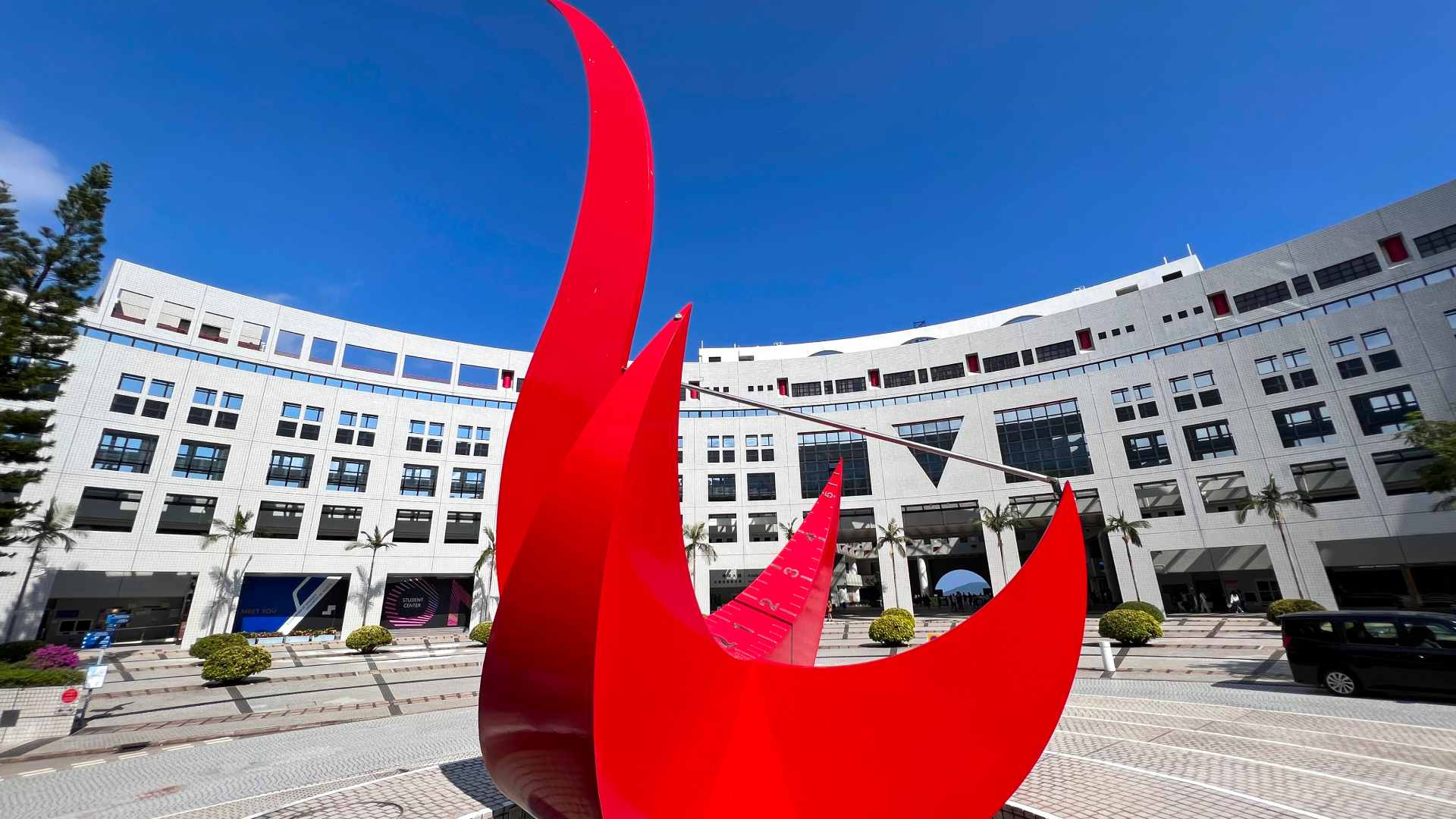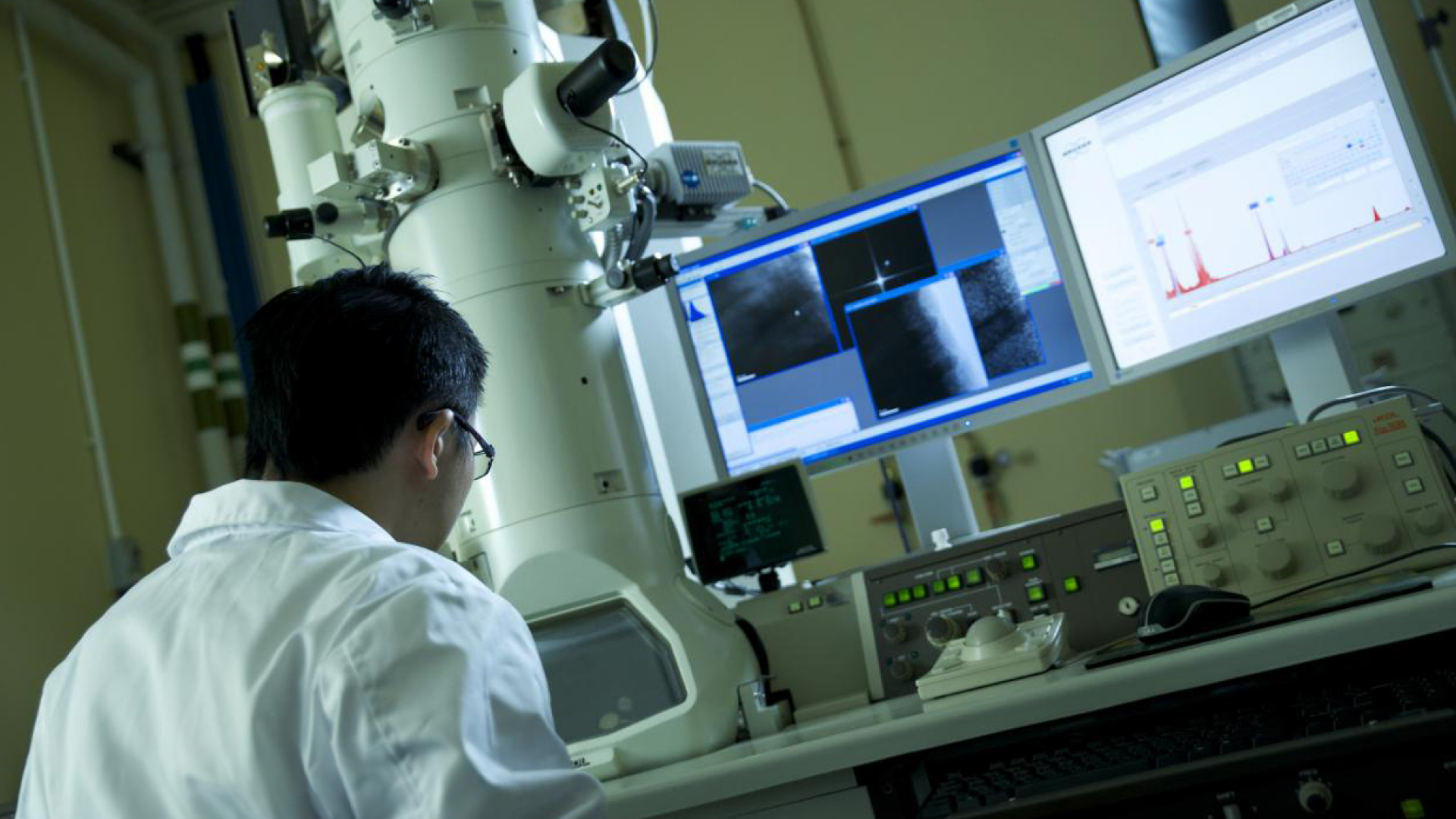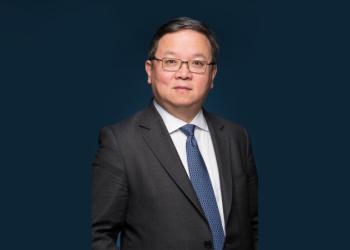News & Stories
2024
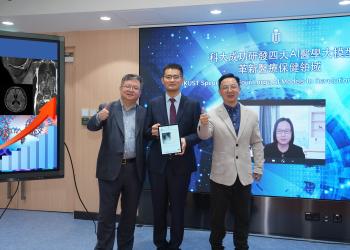
News
HKUST Spearheads Four Large AI Models to Revolutionize Healthcare
In a groundbreaking initiative, The Hong Kong University of Science and Technology (HKUST) has unveiled four AI-driven models poised to transform the medical and healthcare fields. These AI models can assist both general and specialist medical practitioners in diagnosing and prognosing up to 30 types of cancers and diseases, with some achieving accuracy comparable to that of medical experts with five years of experience or more.

News
HKUST's Novel Gene Discovery Paves the Way for Treating Central Nervous System Injuries
A collaborative study in neuroscience, spearheaded by a research team of the Hong Kong University of Science and Technology (HKUST), sheds light on new possibilities for treating central nervous system (CNS) injuries, as published in PNAS*. Through the discovery of a novel gene that regulates the regeneration of multiple types of CNS axons, researchers have achieved a significant stride towards repairing damaged neural networks.
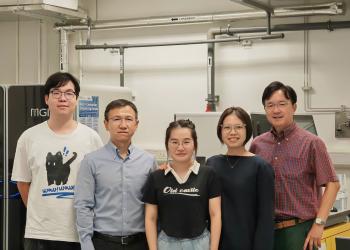
News
HKUST Researchers Reveal Microglia’s Crucial Role in Preventing Axonal Degeneration Following Spinal Cord Injury
A collaborative effort between engineers and biologists at the Hong Kong University of Science and Technology (HKUST) has uncovered a neuroprotective mechanism in spinal cord injury (SCI), shedding new light on therapeutic approaches to potentially benefit millions of patients worldwide.
While SCI is a devastating condition with profound, life-altering consequences, unfortunately, a definitive cure remains elusive. For a long time, the study of axon damage and regeneration in SCI has been constrained by the lack of suitable in vivo imaging tools capable of visualizing undisturbed cellular processes within the spinal cord.
News
HKUST Introduces City’s Largest Liquid Immersion Cooling Technology for Sustainable AI & Scientific Research
To meet the surging demand for high-power AI research sustainably, The Hong Kong University of Science and Technology (HKUST) has launched the city’s largest Liquid Immersion Cooling system in its new research computing facility. This new technology reduces energy consumption for cooling by over 80% and creates an optimal operating environment that can enhance computing performance at lower temperature.
High Performance Computing (HPC) is vital for scientific research that involves analyzing vast amounts of data or complex algorithms. However, they consume significant electricity, and excessive heat can hinder their performance.
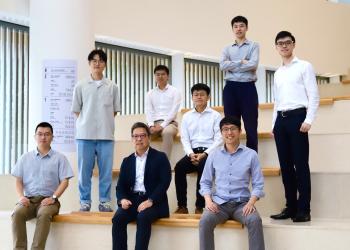
Stories
Less is More: Saving Manpower on Traffic Control While Improving Road Efficiency
HKUST Dean of Engineering Prof. Hong K. LO and his team have developed an award-winning smart traffic control plan to mitigate the notorious congestion in Kwun Tong District, Hong Kong. And they have a broader vision to share in this story.
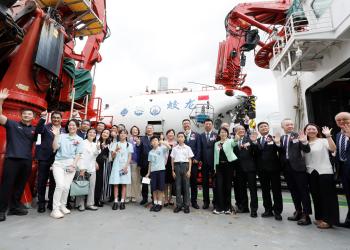
News
HKUST Welcomes Shenhai Yihao and Jiaolong’s First Visit to Hong Kong
With strong support from the Deep Ocean Affairs Administration of the Ministry of Natural Resources, The Hong Kong University of Science and Technology (HKUST) hosted a welcoming ceremony today for the inaugural visit of Chinese research vessel Shenhai Yihao (Deep Sea No. 1) and the manned submersible Jiaolong to Hong Kong, following the vessel’s successful expedition in the Western Pacific. Co-led by HKUST, the expedition is part of the first international deep-sea metascience program, “Digital Deep-sea Typical Habitats (DEPTH),” backed by the mainland government, with the participation of scientists from various countries.
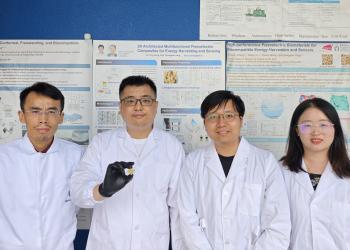
News
HKUST Researchers Develop Innovative Method to Simplify Manufacturing Process of Cellular Ceramic
A study led by the School of Engineering of the Hong Kong University of Science and Technology (HKUST) has developed an innovative method that overcomes the limitations of traditional additive manufacturing (3D printing), significantly simplifying and accelerating the production of geometrically complex cellular ceramics. This groundbreaking approach has the potential to revolutionize the design and processing of multifarious ceramic materials, opening up new possibilities for new applications in energy, electronics, and biomedicine, including robotics, solar cells, sensors, battery electrodes, and bactericidal devices.

